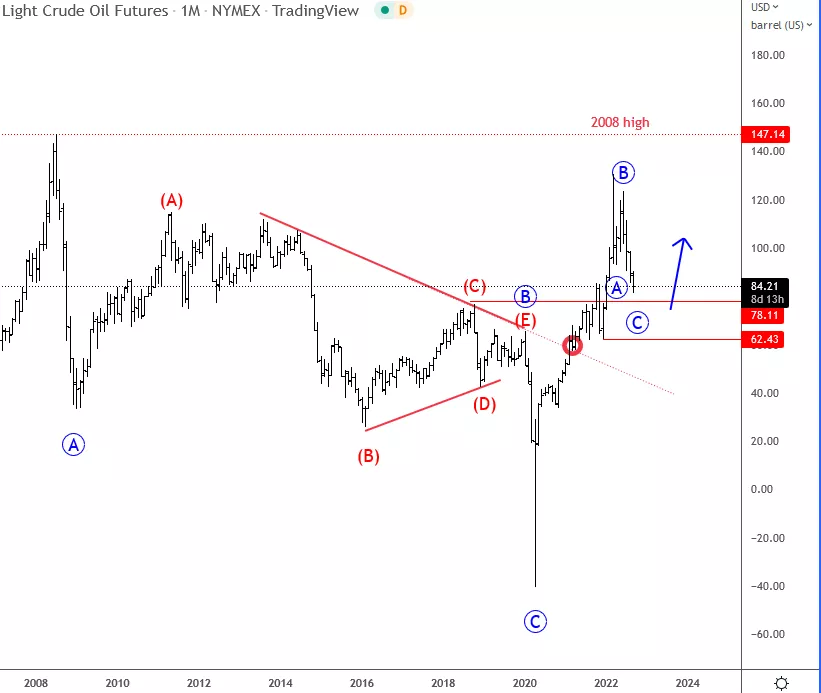A 1.5 Trillion Derivatives Crash Is Coming To Europe Due To The Energy Crisis
A liquidity crunch could even lead to a market crash in the energy sector since Europe's oil and gas supply disasters this winter. After a conflict with Russia could be sharpened by a new crisis in a market. Prices are already too high. As Andrea Enria head of the SSM told a conference in Brussels, they are pushing banks to focus on concentrating their exposures to sectors that are highly dependent on energy and vulnerable to energy shocks. There is a dysfunctional market. It creates issues in the physical market and leads to higher prices increasing inflation.
However, European governments have been slow to act to offer financial support to ease pressure on the energy market that is vital to the continent. Thus, the problem is still existing since last March, when the association of top traders, utilities, oil majors, and bankers sent a letter to regulators asking for contingency plans. The problem was caused because the sharp rising energy prices in the physical market. It forced the traders to rush to cover their financial exposure to soaring natural gas prices through derivatives, hedging the future price increases by taking a "short" position. But, market participants typically borrow to create short positions in the futures market, with 85-90% coming from banks. About 10-15% of the value of the short, known as minimum margin, is covered by trader's equity and deposited into a broker's account. However, if the funds in the account fall below the minimum required margin, in this case 10-15%, a "margin call" is triggered.
Additionally to that, Senior bankers and traders said that exchanges, brokers, and clearing houses have increased initial margin requirements to 100%-150% of the contract value from 10-15%, making hedging too expensive for many. The ICE exchange, for instance, charges margin rates of up to 79% on Dutch TTF gas futures.
Therefore, as coal, natural gas, and electricity prices have risen, so have the prices of shorts, with the resulting margins forcing oil and gas majors, trading companies and utilities to commit more capital. Smaller businesses, after Russia invaded Ukraine, were forced out of business, since the global shortage worsened. Any such reduction in the number of traders reduces market liquidity. In turn it can lead to even greater volatility and sharper price increases that can hurt even major players. So, inevitably the market is getting into a vicious circle.
One week ago, Germany announced that will support financially Uniper by buying 30% of the shares from the mother company Fortum. But with winter price hikes looming, there is no telling whether or how quickly governments and the EU can support banks or other utilities that need to hedge their trades. The whole exposure is estimated at $1.5 trillion compared with the value of 1.3 trillion dollars of US subprime mortgages in the 2007 crisis triggered a global financial meltdown.
That said, let’s take a look from a technical perspective at Elliot Wave Principle on the Oil diagram.

On the chart above, we se sharp reversal after 2020 covid low when futures contract spiked to a negative territory due to no demand vs relatively huge supply back then. We see a sharp and nice recovery through the trendline resistance, but not to a new high yet. So, we think it’s a pause now and that another sharp leg up is coming after current a-b-c pullback to 62-80 area.
More By This Author:
FTMUSD Is Eyeing Strong Support
USDJPY Approaching Big 148 Intervention Level. Will BoJ Act?
Crypto Market Is Recovering As USD Turns South
Disclosure: Please be informed that information we provide is NOT a trading recommendation or investment advice. All of our work is for educational purposes only. Visit www.wavetraders.com for more ...
more



